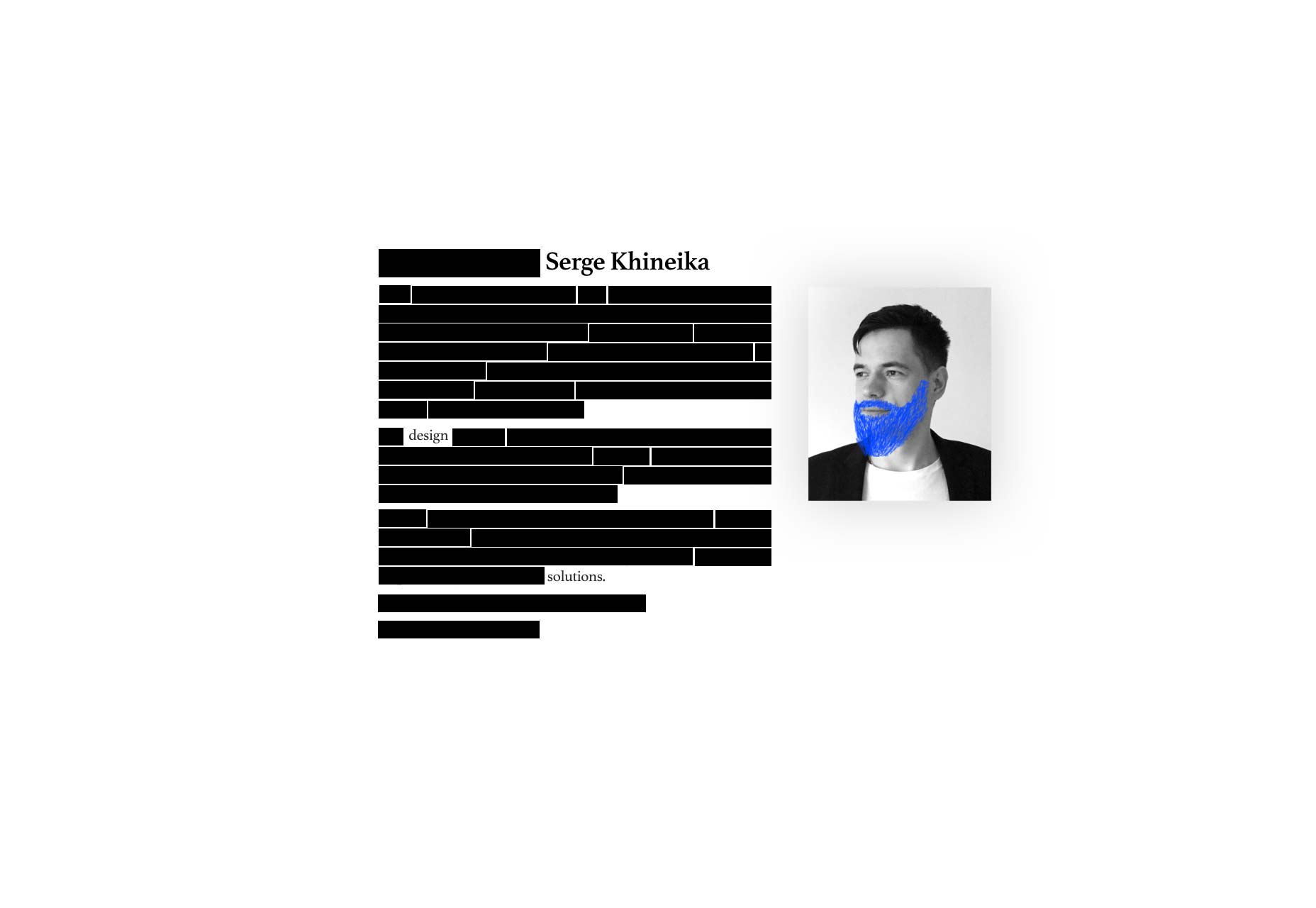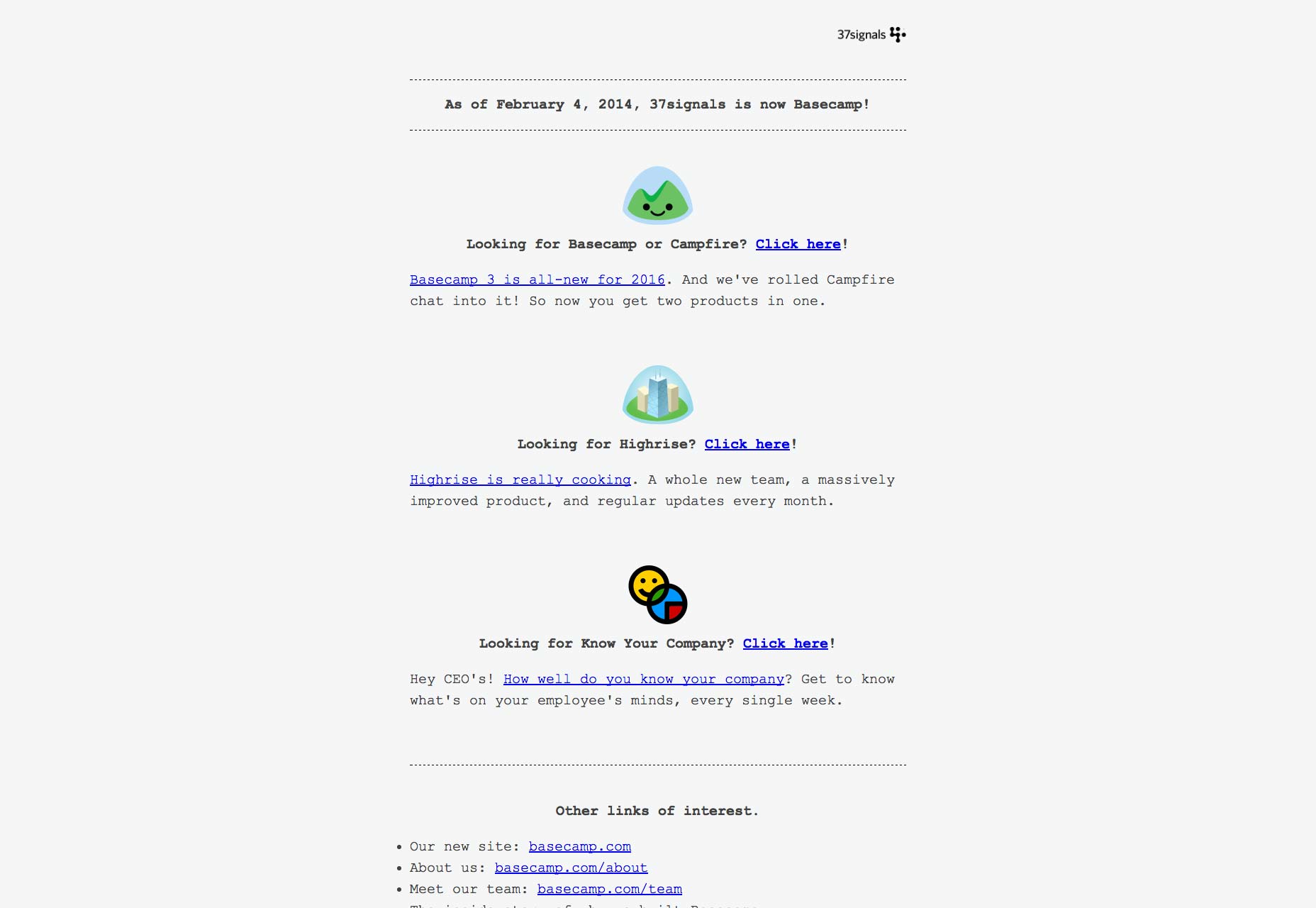
Where did brutalism come from?
To fully understand brutalism in web design, we have to realize that its roots go back decades, to architecture and industrial design. It was very popular from the 1950s to approximately the mid-1970s and was popular with both institutional and government buildings, which is perhaps no surprise given that both types of buildings are sometimes associated with harshness, coldness and a certain kind of ugliness that’s far from comforting and easy on the eyes. In fact, brutalism as a word comes from the French for “raw,” which is another apt way of describing sites that are stripped-down and have no frills or aesthetic concern. Some people may call Brutalism a design trend, others consider it anti-design. The concept applied to web design only came to the fore recently, with the popularity of brutalistwebsites.com, a site devoted to showcasing the movement.Brutalist websites going viral
The trend was first picked up by Hacker News, but was quickly taken up by news sites including the Washington Post and CBC. Pascal Deville, creative director at a Zurich ad agency, started brutalistwebsites.com to show that designers and developers can still create engaging sites without having to use the long list of design best practices that many want to follow in today’s web. From this philosophy, we glean another insight into the approach of brutalism: It’s a sort of rebellion against the conventional way many designers approach designing for the web today. Interestingly, Deville makes the point that brutalism doesn’t just apply to the design of a site—it also applies to the backend work. In other words, to him, brutalism is just as much about the way a site is built, so if a site is a rougher, handmade, HTML site, that qualifies as brutalism, too. Brutalism is therefore a design and development approach that touches on all aspects of the site-creation process. Your site’s not really brutalist if it just has a really rough and raw look, but its code uses dozens of libraries. Similarly, your site can’t qualify as brutalist if it was handmade, but it has a very polished and attractive look that promotes all the best practices of corporate design.Well-known sites employing brutalism
It might seem that Brutalism in web design is a relatively new trend, but actually it’s been a thing all along; it’s just that design journalists have now started taking it seriously. There are actually some well-known sites that have been proud standard bearers of this design choice for quite some time.Apple’s WWDC16
The website for Apple’s 2016 Developers’ Conference had what some would argue is a brutalist design scheme. This represents a further distancing from the old excesses of skeuomorphism. The site features:- a lot of negative (white) space;
- very plain typeface that’s designed to mimic lines of code;
- very few on-page elements overall.

Serge Khineika’s Bio Page
Serge Khineika is a UX and web designer whose professional website has a very raw and crude appearance. Interestingly, it as a very neat scrolling effect that reveals more edits, doodles and page elements as you scroll down. His site has the following brutalist elements:- an enormous amount of white space;
- a very basic font style;
- one black-and-white picture;
- graphics meant to resemble old-school edits with a pen and paper.

37signals
Basecamp is a web-application company that used to be known as 37signals. The 37signals site is another memorable example of brutalism in web design since it was so stripped-down and bare-bones that it went way beyond minimalism just to the very bare necessities. Here’s what made its old site a study in brutalism. It features:- a lot of white and negative space;
- ultra-simplistic typeface;
- very basic illustrations and graphics;
- very little text.

Y Combinator’s Hacker News
It’s highly appropriate that the site that caused the brutalism in web design trend to go viral, is also a brutalist site in and of itself! Hacker News is a no-frills, no-gimmicks site that delivers a raw, line-by-line page of trending topics with barely any color or consideration to aesthetics:- lots of white or negative space (even if part of it functions as a border);
- very small typography that’s so hard to read users have to practically squint;
- very simple navigation menu and footer;
- only three colors on the site.

Brutalism as a design choice
Brutalism in web design has been around for a long time, but it’s really exploded into the public eye in recent months. If we broaden things past web design and go into architecture, then this design approach has been around since the 1950s. What the body of evidence around brutalism makes clear, though, is that it is a design choice, above all else. It’s a knowing rejection of everything that’s attractive, easy on the eyes, and comfortable; and instead supports stark, raw ugliness in a sort of rebellion against design best practices that are meant to make us feel at ease and gives us something aesthetically pleasing. As a result, brutalism is compelling, if for nothing else than to provide an alternative to the safe confines of design conventionalism.Marc Schenker
Marc’s a copywriter who covers design news for Web Designer Depot. Find out more about him at thegloriouscompanyltd.com.
Read Next
3 Essential Design Trends, November 2024
Touchable texture, distinct grids, and two-column designs are some of the most trending website design elements of…
20 Best New Websites, October 2024
Something we’re seeing more and more of is the ‘customizable’ site. Most often, this means a button to swap between…
Exciting New Tools for Designers, October 2024
We’ve got goodies for designers, developers, SEO-ers, content managers, and those of you who wear multiple hats. And,…
15 Best New Fonts, September 2024
Welcome to our roundup of the best new fonts we’ve found on the web in the previous four weeks. In this month’s edition…
By Simon Sterne
3 Essential Design Trends, October 2024
This article is brought to you by Constantino, a renowned company offering premium and affordable website design
You…
A Beginner’s Guide to Using BlueSky for Business Success
In today’s fast-paced digital world, businesses are always on the lookout for new ways to connect with their audience.…
By Louise North
The Importance of Title Tags: Tips and Tricks to Optimize for SEO
When it comes to on-page SEO, there’s one element that plays a pivotal role in both search engine rankings and user…
By Simon Sterne
20 Best New Websites, September 2024
We have a mixed bag for you with both minimalist and maximalist designs, and single pagers alongside much bigger, but…
Exciting New Tools for Designers, September 2024
This time around we are aiming to simplify life, with some light and fast analytics, an all-in-one productivity…
3 Essential Design Trends, September 2024
September's web design trends have a fun, fall feeling ... and we love it. See what's trending in website design this…
Crafting Personalized Experiences with AI
Picture this: You open Netflix, and it’s like the platform just knows what you’re in the mood for. Or maybe you’re…
By Simon Sterne
15 Best New Fonts, August 2024
Welcome to August’s roundup of the best fonts we’ve found over the last few weeks. 2024’s trend for flowing curves and…
By Ben Moss















